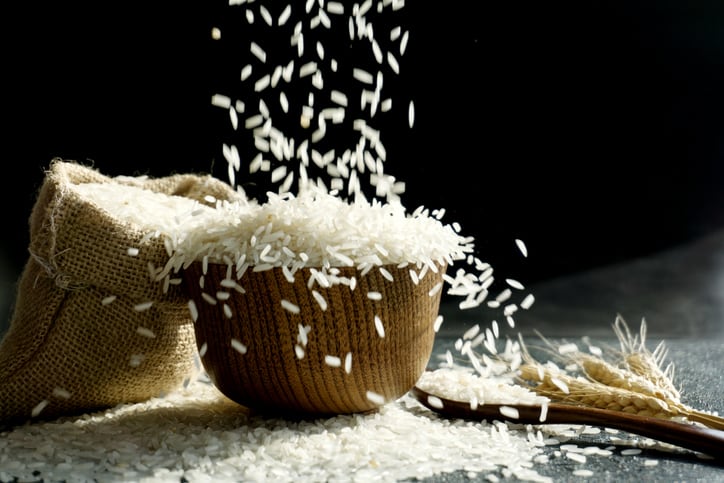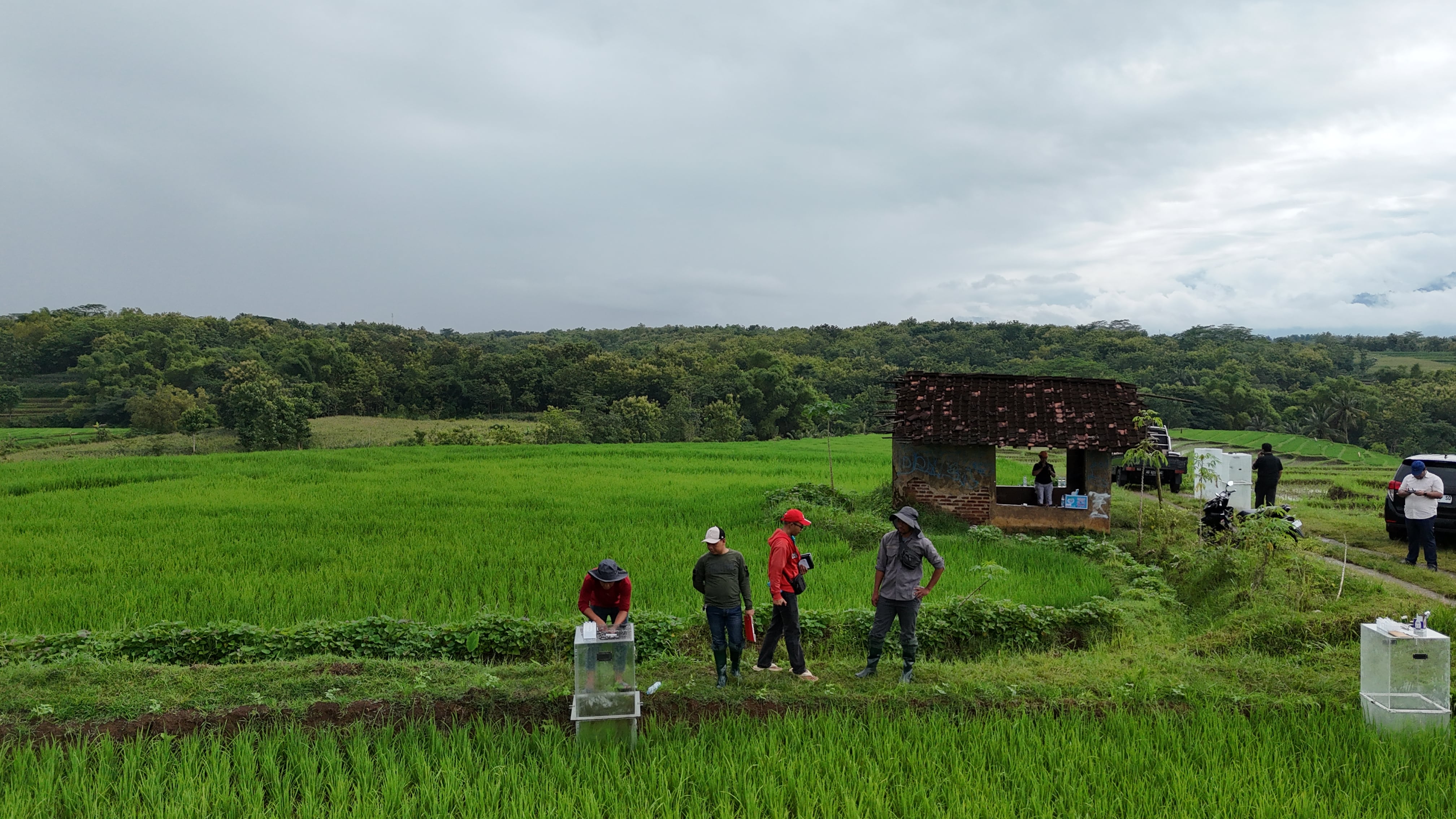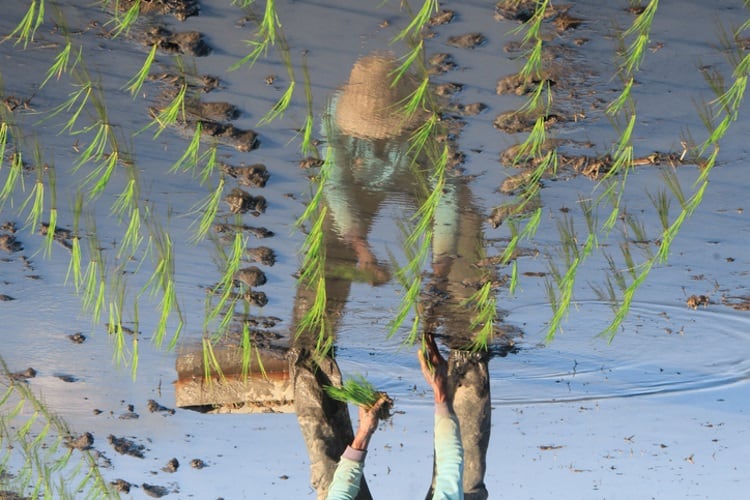When rice plants find themselves in cadmium contaminated soil, the root exudates start to attract beneficial microorganisms to help defend the plant from the stress.
“Root exudates reflect proactive plant defences and enhance these capabilities by attracting beneficial microorganisms, which play a pivotal role in plant detoxification,” said the researchers.
The research identified the beneficial bacteria Lysobacter, Pseudaminobacter, and Sphingomonas with “pivotal roles in the plant defence system”.
These proteobacteria were identified as potential participants in plant tolerance and detoxification processes.
The study also found a link between Pseudaminobacter, Sphingomonas, and Lysobacter and specific substances that exudates release when under cadmium stress.
This supported the idea that the root exudates recruit microbial allies to defend against the toxic heavy metal.
Furthermore, the researchers highlighted that the three bacteria could potentially be key biomarkers for monitoring cadmium contamination.
However, the study found that the three beneficial bacteria were most abundant under low cadmium stress conditions and decrease at high concentrations.
The researchers suggested that the bacteria were less likely to survive under the highly toxic soil conditions.
They also suggested that the plant could also exceeded its tolerance levels to mount a defence against the cadmium.
A layered defence
The investigation showed that the rice plant itself possesses an inherent defence mechanism, allowing it to adapt against contamination.
In addition to recruiting beneficial bacteria, it is also able to contain the cadmium spread.
Previous research has indicated that around 70% to 80% of cadmium that the plant absorbs is retained in the root system. Only a small fraction moves to the plant’s aboveground parts.
The study found that root exudates change significantly under cadmium stress and pinpointed 91 specific compounds that levels that undergo the change.
This included amino acids like tyrosine and proline and like ferulic acid and syringic acid, which chelate the cadmium and prevent it from moving further up the plant.
The study observed a decrease in amino acids like tyrosine and proline under high cadmium stress.
Researchers suggested that this was evidence that the amino acids were being “consumed” by the plant as it chelated the cadmium, resulting in increasing levels of the metal in the plant roots.
Cadmium threat to rice
Rice is a staple food source for billions, making it crucial to understanding how it copes with heavy metal stress.
Cadmium is a highly toxic non-essential trace metal. It has become an increasingly prominent soil contaminant in China, with southern regions particularly at risk, said the study.
When rice paddy soil is contaminated with cadmium, it can result in stunted growth and reduction of crop yields. Additionally, it can pose a threat to food safety and public health.
Source: Plants
Effects of Cadmium Stress on Root Exudates and Soil Rhizosphere Microorganisms of Rice (Oryza sativa L.) and Its Ecological Regulatory Mechanisms
Authors: Siqi Lin, Qing He, Mingxia Zhang, Yingyi Huang, Huahong Liu, Qi’er Mu, Sheng Wang, and Jinfang Nie.





